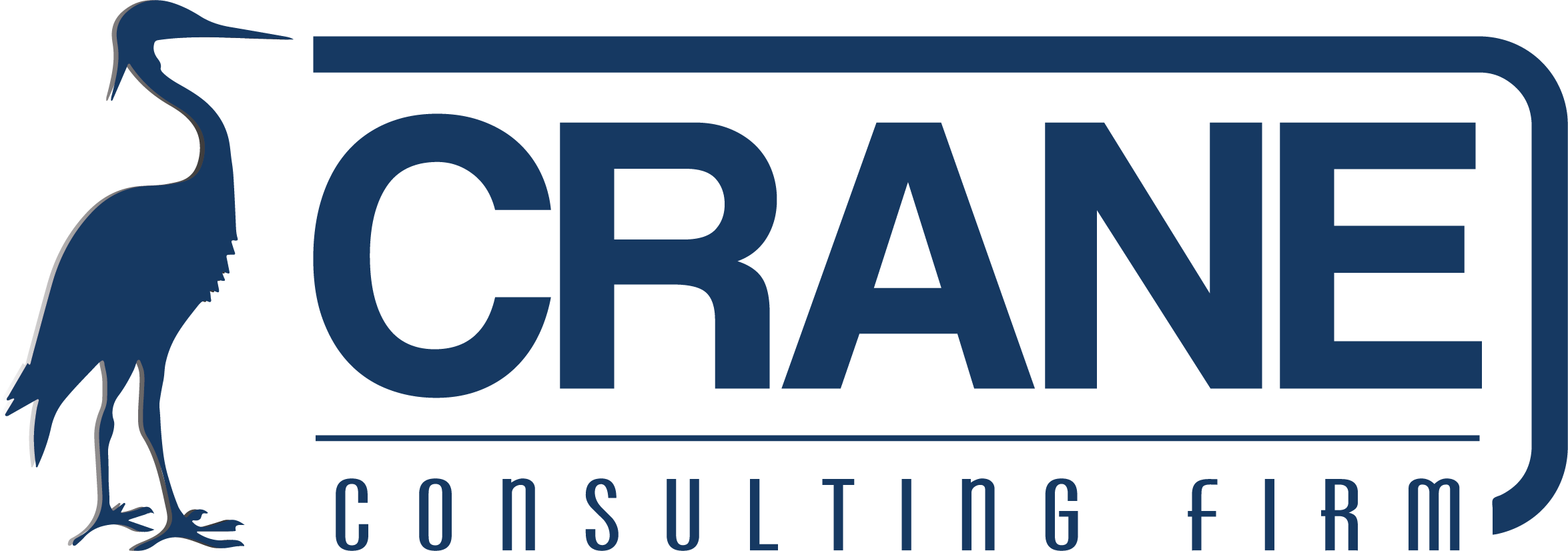Know what your customers want before they do.
Data Analytics is the practice of using data to drive business strategy and performance. It includes a range of approaches and solutions, from looking backward to evaluate what happened in the past, to looking forward to execute scenario planning and predictive modeling.
According to Northeastern University, big data analytics requires examining large volumes of data to uncover hidden patterns and correlations, enabling companies to make proper business decisions. Organizations realize the essential need of understanding data driven historical performance and how this correlates with future projections.
Before the recent digital revolution, executives in leading organizations were praised for “gut” intuition and their ability to read and understand the limited data before them. As more devices become connected, the amount of available data continues to grow. According to Gartner data, an estimated 11.2 billion pieces of hardware will be connected to the internet by the end of 2018; that number is expected to climb to 20.4 billion by 2020.
Each of these devices generates information, but too much for traditional models to visualize. To combat this, and make all data actionable, technology developers have created data analytics programs that use advanced technologies such as machine learning and artificial intelligence to break down big data into digestible information.
According to Deloitte, organizations that properly leverage data analytics are able to spot global trends faster than their competitors. Data analytics can provide information in real-time, allowing organizations to adjust on pace with the market itself. Data analytics can also be used internally, empowering enterprises with the tools to identify wasted resources and improve overall productivity.
Example
Amazon Fresh and Whole Foods Market is a perfect example of how big data can help improve innovation and product development. Amazon leverages big data analytics to move into a large market. The data-driven logistics gives Amazon the required expertise to create and achieve greater value. Focusing on big data analytics, Amazon Fresh and Whole Foods Market is able to understand how customers buy groceries and the way suppliers interact with the grocer. This data provides insight as to whether further changes should be implemented.
The future of big data is here.
Contact our team today to learn how we can help your business leverage your data






